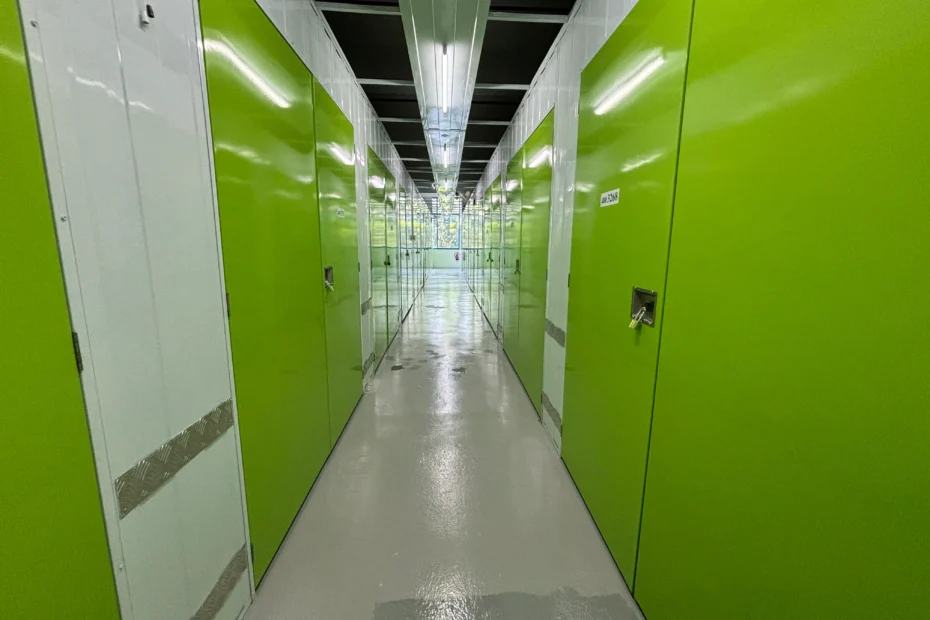It is crucial to learn the distinctions between the long-term or short-term occupancy of self-storage devices. Both plans are useful when cleaning or moving items around in a business, or even when storing items in general. Here are important insights and checklist to ensure one know the most appropriate storage solution to use.
What Does Long-Term Self-Storage Mean?
When it comes to storage duration, long term means renting the unit for several months or years therefore suitable for use when storing items with little or no access. Common scenarios include:
- Storing Seasonal Items: Clothes and toys that are used only in specific season can be put in large boxes and when required they take a lot of space, in your home.
- Downsizing or Relocating: Furnishers experience clutter or surplus furniture and personal effects upon shifting from house to a smaller house or upon switching employers.
- Preserving Collections: Ceramic and collectibles for instance require some special conditions which can only be provided by climate control units to avoid degrading of the item.
- Business Inventory: Working premises do not have to be overcrowded with equipment and stock, many of them use long-term storage for this purpose.
Advantages of Long-Term Self-Storage
- Flexible Rental Terms: This means that with short-term storage you can easily alter your rental agreement.
- Convenient Access: The best situation is when you always must access some of your things stored there most of the times.
- Quick Solution: Great for those who may wish to rent a house for just a few months but don’t want to commit to taking a long lease.
Factors to Consider When Choosing Storage
- Duration of Need: Determine for how long you will require storage. This means that long term options in the case of works and constructions are cheap for long durations while short term is more appropriate when undergoing temporary construction exercises.
- Cost: Short term storage might cost more per month, but it has the feature and convenience you require more compared to long term storage that costs less per month.
- Type of Items: Some items are best stored at a certain temperature, and this requires a climate-controlled storage and is equally suitable for both short term and long-term needs.
- Access Frequency: Think about the frequency at which the items will have to be utilized. In situations where the stored commodity is frequently required, then short-term storage should be adopted.
- Security: Assess your security features – cameras and alarms. Both strategic and tactical storage requires to be secure hence the need to assure max security for such facilities.
- Flexibility for Future Needs: Select the storage provider that is suitable to be able to switch its subtypes according to the demands of your needs, to the short-term and to the long-term ones.
Making the Right Choice
To determine the best option for your needs, ask yourself:
- How long do I need storage?
- How many times will the items be required to be used?
- What is my budget?
- Is my shipment temperature or humidity sensitive?
- How secure is the facility?
If you are still in doubt, approach the staff of your storage facility to seek individual advice.
Conclusion
The variation in self-storage can be categorized by several factors such as time, usage, and costs and therefore one need to decide whether to get the long-term or the short-term storage. Long-term storage is ideal for hasty that go through your storeroom only occasionally and help save on costs and enhance security while short-term storage works well for situations where you need goods occasionally but require easy access to the same.
EBC Lifestyle Hub provide secure and convenient personal storage services you can enjoy both in the short term and the long term with no problem. Therefore, upon assessment of the needs arising from the store’s profile, it is possible to make a decision that will effectively protect the store’s assets while ensuring their functionality.



